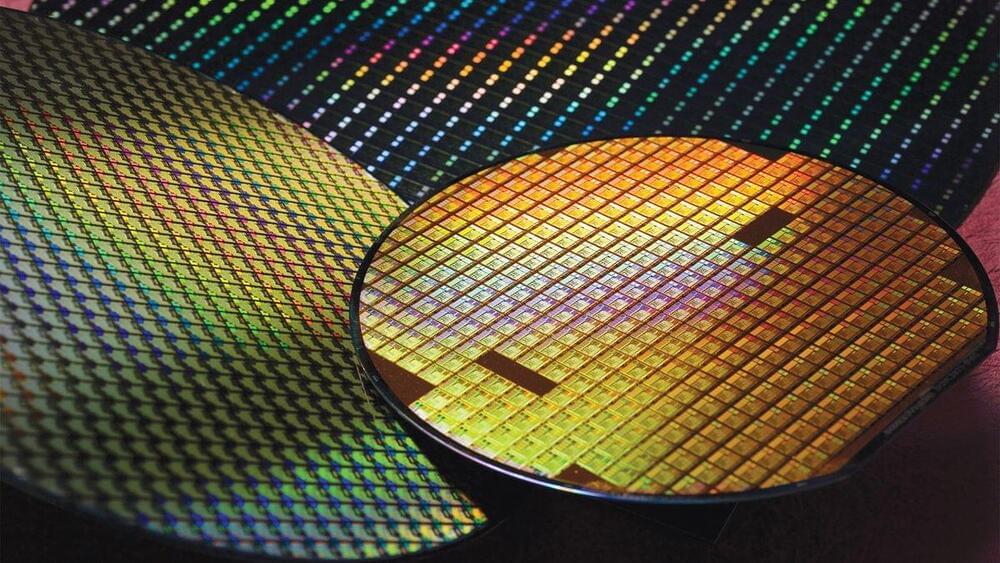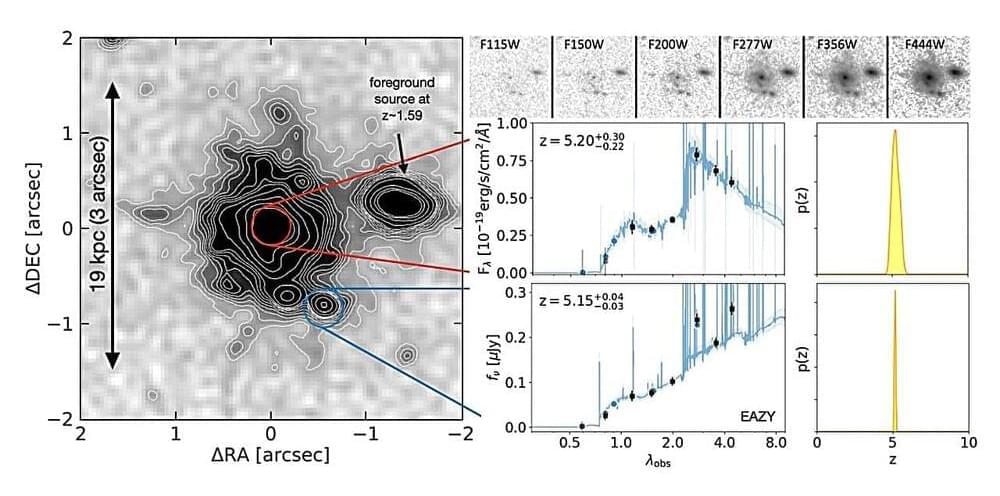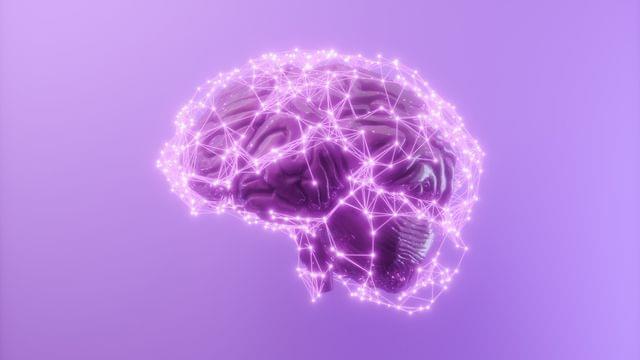Meta, Aitomatic, and other members of the AI Alliance have released the world’s first large language model specifically trained on the needs of the semiconductor industry.


Join us on Patreon! https://www.patreon.com/MichaelLustgartenPhD
Discount Links/Affiliates:
Blood testing (where I get the majority of my labs): https://www.ultalabtests.com/partners/michaellustgarten.
At-Home Metabolomics: https://www.iollo.com?ref=michael-lustgarten.
Use Code: CONQUERAGING At Checkout.
Clearly Filtered Water Filter: https://get.aspr.app/SHoPY
Epigenetic, Telomere Testing: https://trudiagnostic.com/?irclickid=U-s3Ii2r7xyIU-LSYLyQdQ6…M0&irgwc=1
Use Code: CONQUERAGING
NAD+ Quantification: https://www.jinfiniti.com/intracellular-nad-test/

Texas Instruments has announced a tranche of federal CHIPS Act funding worth up to $1.6 billion, a show of support for a semiconductor manufacturing industry that’s becoming more entrenched in North Texas.
Texas Instruments also expects to receive somewhere between $6 billion and $8 billion in U.S. Treasury tax credits for manufacturing investments, and up to $10 million to boost workforce development.
All told, the money will assist in funding three new Texas Instruments plants: two based in Sherman and one in Lehi, Utah, creating 2,000 new jobs. Separately, Samsung will receive as much as $4.75 billion in CHIPS Act money, a figure Bloomberg notes was below what was originally envisaged.

Using the James Webb Space Telescope (JWST), an international team of astronomers has detected a new grand-design spiral galaxy as part of the PANORAMIC survey. The newfound galaxy, named Zhúlóng, is extremely massive and appears to be the most distant spiral galaxy identified so far. The finding was detailed in a paper published December 17 on the pre-print server arXiv.
An important update on E5.
Here we look at an attempt to replicate the amazing results with E5 from Dr Katcher’s 2020 paper by an institute that has been set up in Brazil.
Some links are affiliate links so we will earn a commission when they are used to purchase products.
If you would like to support our channel please consider joining our patreon / modernhealthspan.
Stemregen 15% discount Code MODERN https://tinyurl.com/45z968yr (Only available in the US)
Renue By Science 10% discount code MHS: https://tinyurl.com/bdew4bfs.
NMN Powder https://tinyurl.com/syc7rwkh.
DoNotAge 10% discount code MHS https://tinyurl.com/6dbvhv87
NMN https://tinyurl.com/wyzj2f3d CaAKG https://tinyurl.com/2h79stt2
Wellness Extract 10% discount Code MODERNWE Geranylgeraniol Essential http://wellnessextract.com/RICHARDWE Delta Gold Vit E
Pendulum 20% Discount Code HEALTHSPAN
Akkermansia https://pendulumtherapeutics.sjv.io/b…
Metabolic Daily https://pendulumtherapeutics.sjv.io/N…
n1o1 Nitric Oxide 10% discount with code Modern https://tinyurl.com/3esakm4s.
n1o1 Nitric Oxide Lozenges https://tinyurl.com/yh4rrtht.
Age-Defiance Face Cream https://tinyurl.com/4zr959zh.
OmegaQuant 5% discount Code MODERN https://omegaquant.com/shop/
Bulletproof 15% off with coupon code: HEALTHSPAN15: https://tinyurl.com/4npjk5vp.
Inner Fuel Gut support https://bulletproof.fdf2.net/PyDKDM
Omega-3 Krill Oil https://bulletproof.fdf2.net/xkdxmy.
Nuchido Time+ 20% discount of first purchase with code MODERN20 https://nuchido.com/MODERN
OneSkin 15% Discount: Code MODERN https://tinyurl.com/3t6tevj8 OS-01 Face Topical Supplement https://tinyurl.com/29c8wrr2
Neurohacker Qualia Senolytic https://tinyurl.com/22t9thrn.
TruDiagnostics 12% Discount Code MODERN TruAGE PACE https://trudiagnostic.pxf.io/oqYVMY
☕If you would like to support our channel, we’d love a coffee…thank you! https://www.buymeacoffee.com/mhealthspan.
⏲️Chapters.
🌐Links in this video.





Next in our New Year countdown, a study found that traumatic experiences during childhood may impair muscle function later in life.
Read more.
A University of Michigan study has shown that traumatic experiences during childhood may get “under the skin” later in life, impairing the muscle function of people as they age.
The study examined the function of skeletal muscle of older adults paired with surveys of adverse events they had experienced in childhood. It found that people who experienced greater childhood adversity, reporting one or more adverse events, had poorer muscle metabolism later in life. The research, led by University of Michigan Institute for Social Research scientist Kate Duchowny, is published in Science Advances.
Duchowny and her co-authors used muscle tissue samples from people participating in the Study of Muscle, Mobility and Aging, or SOMMA. The study includes 879 participants over age 70 who donated muscle and fat samples as well as other biospecimens. The participants also were given a variety of questionnaires and physical and cognitive assessments, among other tests.